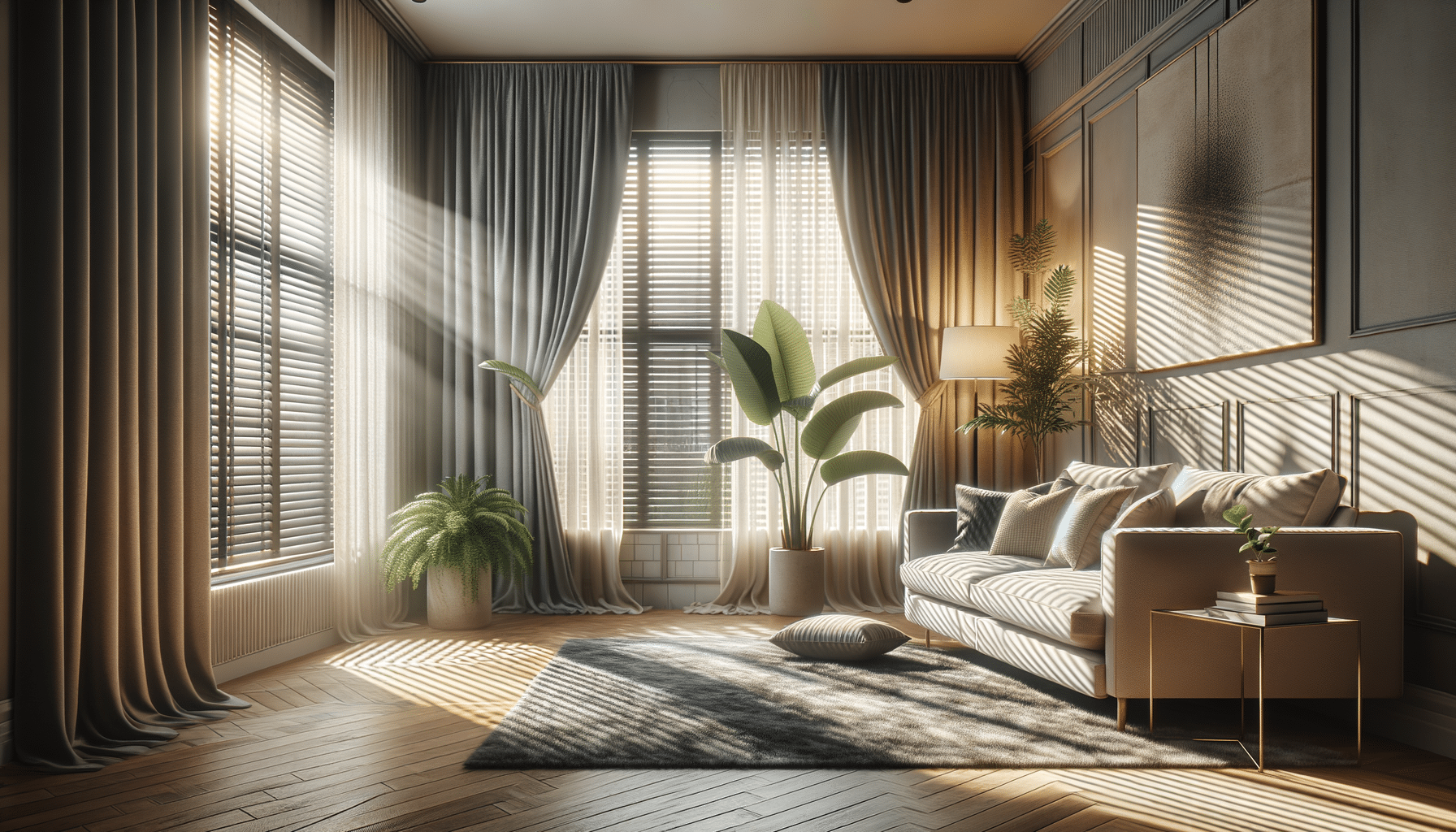
Where Style Meets Function: The Perfect Window Treatments for Your Home
The Evolution of Window Treatments: A Brief History
Window treatments have evolved significantly over time, transitioning from simple fabric drapes in ancient civilizations to the diverse range of options available today. Initially, the primary function of window coverings was to provide privacy and protection from the elements. However, as societies advanced, so did the functionality and aesthetic appeal of these treatments. The Industrial Revolution marked a turning point, introducing mass production and a wider array of materials. This era saw the emergence of window blinds and shades, offering homeowners new ways to control light and privacy. Today, window treatments are a vital component of interior design, blending style and function seamlessly to enhance the ambiance of any room.
Curtains vs. Blinds: Understanding the Differences
Choosing between curtains and blinds can be a daunting task, as both offer unique advantages. Curtains are often favored for their ability to add warmth and softness to a space. They come in a variety of fabrics, colors, and patterns, allowing for endless customization. In contrast, blinds offer a sleek and modern look, ideal for minimalist interiors. They provide precise control over light and privacy, with options such as vertical, horizontal, and roller blinds. When deciding between the two, consider factors such as the room’s purpose, desired level of light control, and maintenance preferences. Both options can be combined to create a layered look, offering the benefits of both styles.
The Functional Benefits of Modern Window Treatments
Modern window treatments are not just about aesthetics; they offer numerous functional benefits. One of the key advantages is energy efficiency. Properly chosen window coverings can reduce heat loss in winter and minimize heat gain in summer, leading to significant energy savings. Additionally, they provide UV protection, safeguarding furniture and flooring from sun damage. Privacy is another critical aspect, with options available to suit different needs—be it complete blackout or sheer elegance. Furthermore, window treatments contribute to sound insulation, reducing noise pollution and creating a more peaceful environment. These functional benefits make them an essential consideration for any home.
Choosing the Right Material for Your Window Treatments
The choice of material for window treatments is crucial in determining their functionality and aesthetic appeal. For curtains, fabrics like cotton, silk, and linen are popular choices, each offering different textures and levels of light filtration. Blinds, on the other hand, are available in materials such as wood, faux wood, aluminum, and vinyl. Each material has its pros and cons; for example, wood blinds offer a warm, natural look but may not be suitable for high-moisture areas. Faux wood blinds provide a similar appearance with added durability. When selecting materials, consider factors such as the room’s humidity, exposure to sunlight, and desired maintenance level.
Integrating Technology with Window Treatments
The integration of technology with window treatments has revolutionized how homeowners interact with their spaces. Smart blinds and curtains can be controlled via smartphone apps or voice-activated devices, offering convenience and enhanced energy efficiency. These systems allow users to schedule opening and closing times, adjust settings remotely, and even sync with weather forecasts to optimize indoor comfort. Additionally, motorized window treatments are ideal for hard-to-reach windows or for individuals with mobility challenges. As technology continues to advance, the possibilities for smart window treatments are expanding, making them a worthwhile investment for modern homes.


